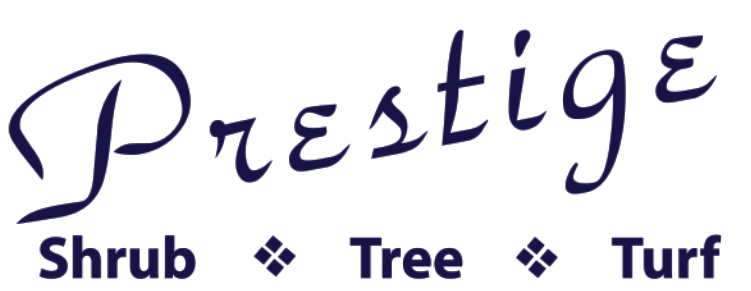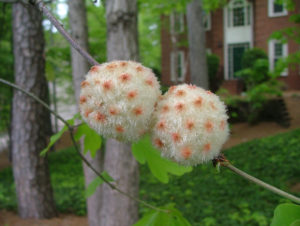 There are a myriad of galls that develop on our trees. These galls are caused by various insects, mites and fungi. Once the causal agent is present in the tree chemical either exuded by the host plant or the visitor cause growth aberrations in the tissue of the host plant. These growth abnormalities can produce some quite startling structures and in some cases can severely distort the natural growth pattern of the leaf or stem.
There are a myriad of galls that develop on our trees. These galls are caused by various insects, mites and fungi. Once the causal agent is present in the tree chemical either exuded by the host plant or the visitor cause growth aberrations in the tissue of the host plant. These growth abnormalities can produce some quite startling structures and in some cases can severely distort the natural growth pattern of the leaf or stem.
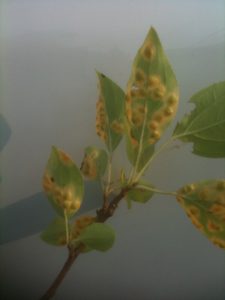 One spectacular gall which elicits many calls is the Wool Sower gall produced by the gall mite, Callirhytis seminator. The Wool Sower is quite showy and I think quite beautiful. It grows specifically on White Oaks.
One spectacular gall which elicits many calls is the Wool Sower gall produced by the gall mite, Callirhytis seminator. The Wool Sower is quite showy and I think quite beautiful. It grows specifically on White Oaks.
The main concern is whether these galls damage the tree and should they be treated. The answer is no in both cases. Our trees have many natural pests and they deal with these pests efficiently if the tree is healthy.
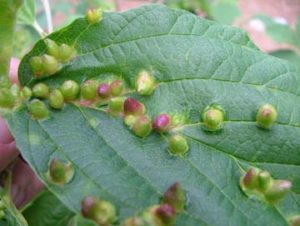 If the tree has been severely damaged by construction or other destructive force and has developed decline then a gall like phylloxera may further stress the tree when it is trying to cover. Do you treat now? Not necessarily. It is better to use remedial and restorative efforts to stabilize the tree so it can deal with these pests naturally. In cases such as nursery stock where cosmetics is important a pesticide treatment may be warranted.
If the tree has been severely damaged by construction or other destructive force and has developed decline then a gall like phylloxera may further stress the tree when it is trying to cover. Do you treat now? Not necessarily. It is better to use remedial and restorative efforts to stabilize the tree so it can deal with these pests naturally. In cases such as nursery stock where cosmetics is important a pesticide treatment may be warranted.
One of the most common galls that is seen each year is Phylloxera gall on hickory which exhibits as small galls on the stems and leaves of the tree. Though this gall can cause severely deformation of the leaves and stems resulting in sometimes severe defoliation it does not cause permanent damage to the trees.
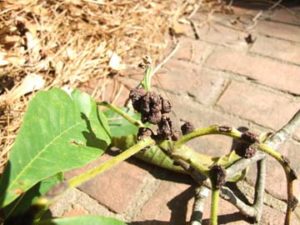
« Back to Glossary Index
